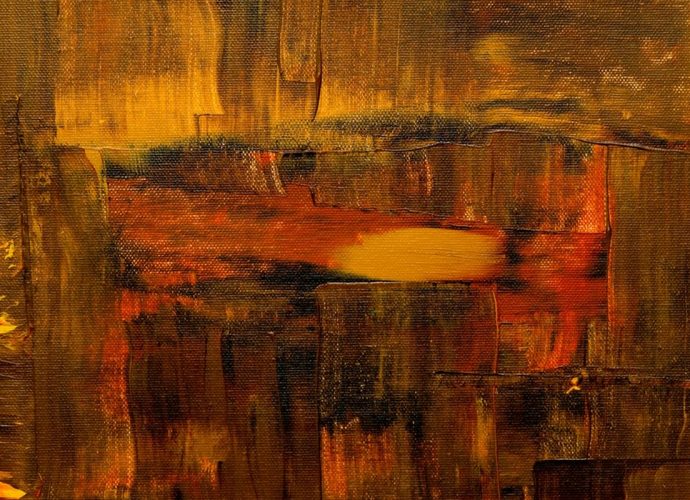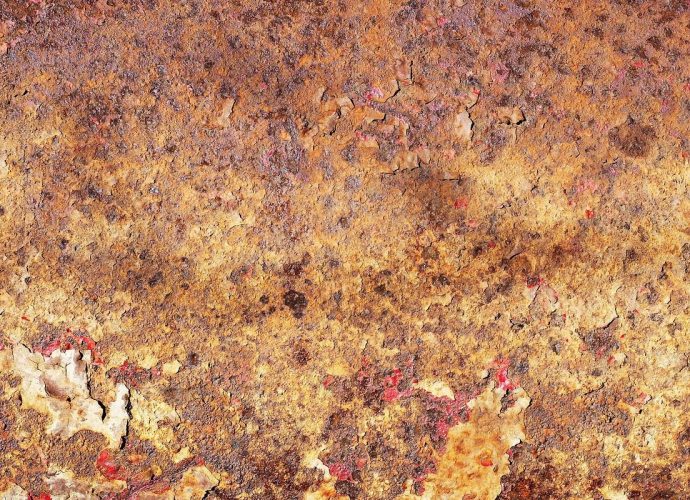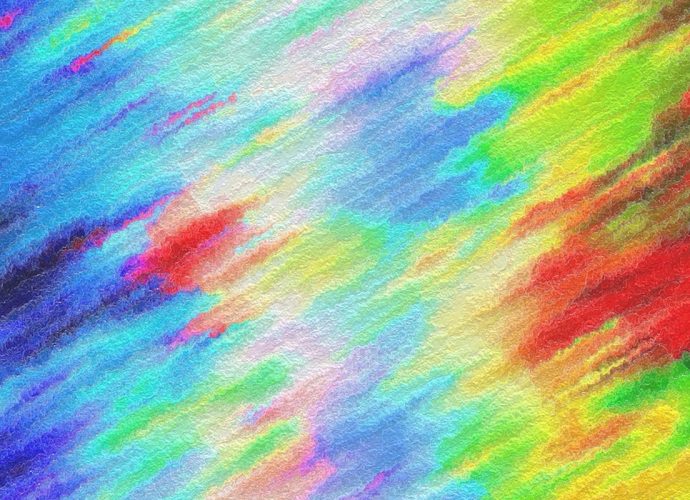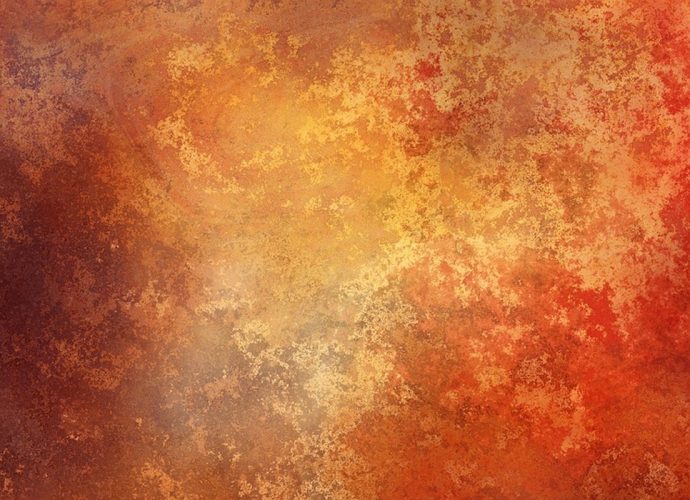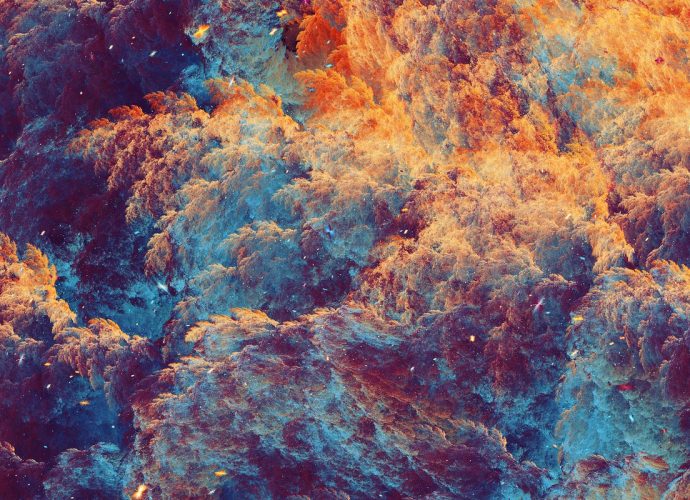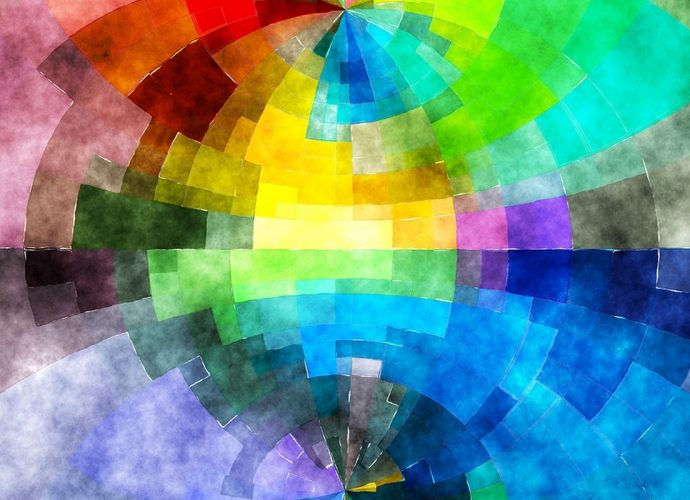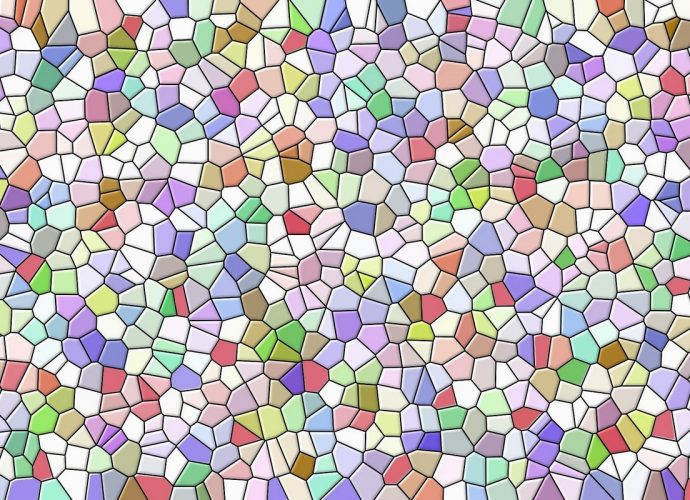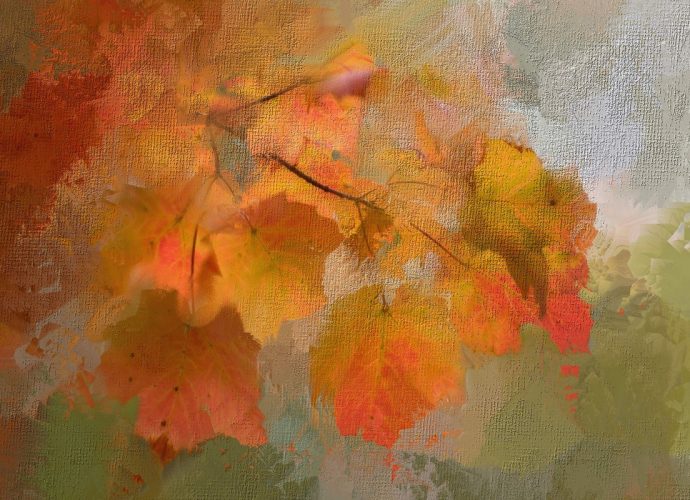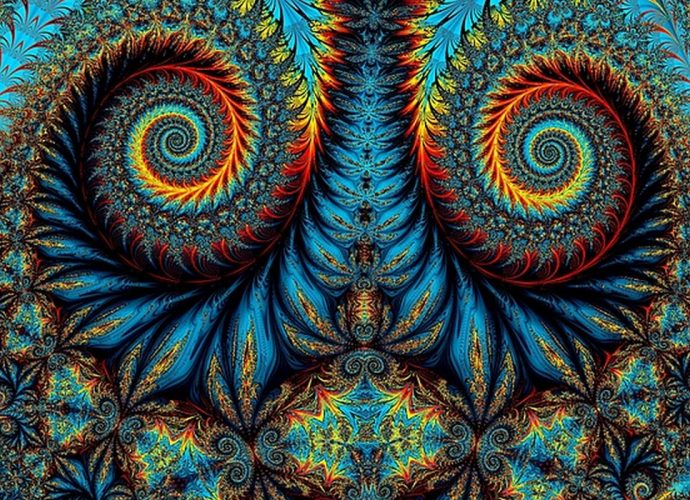Who Were The Enemies Of The Sioux Tribe?
They secured an alliance with the Northern Cheyenne and Northern Arapaho by the 1820s as intertribal warfare on the plains increased amongst the tribes for access to the dwindling population of buffalo. The alliance fought the Mandan, Hidatsa and Arikara for control of the Missouri River in North Dakota. WhyRead More →
